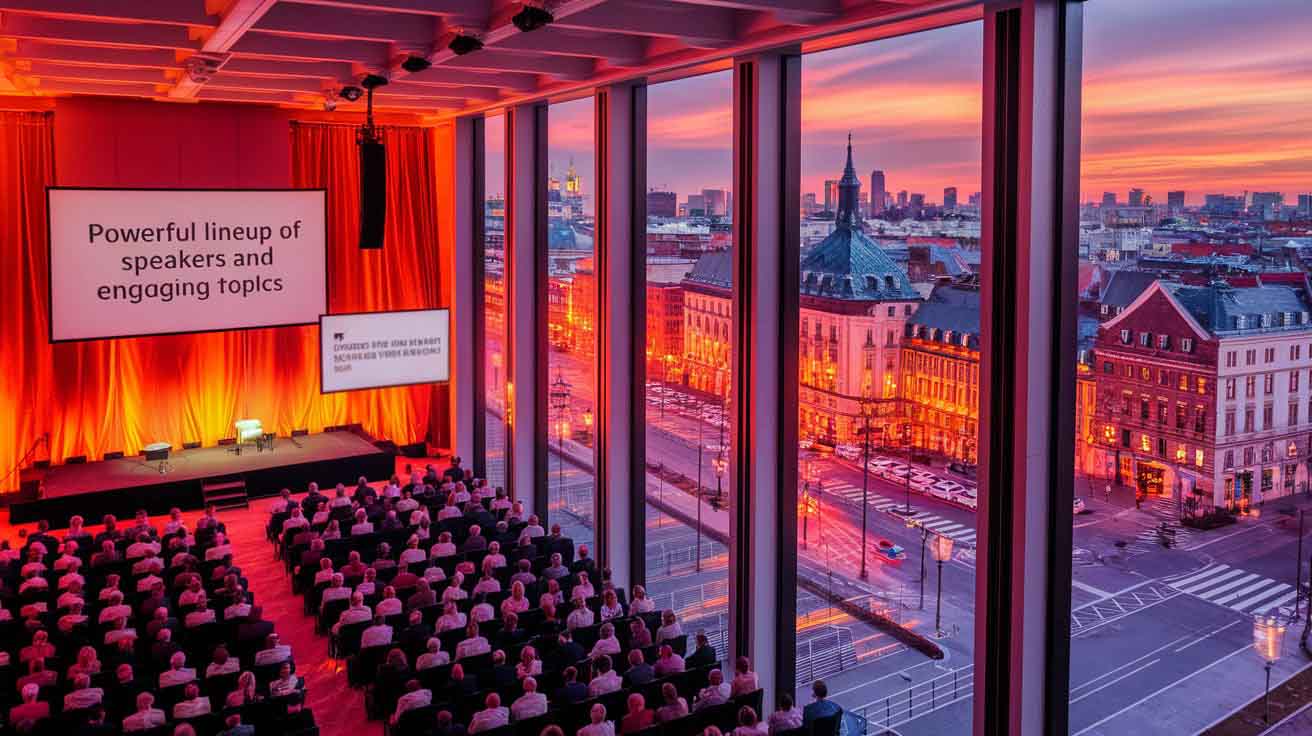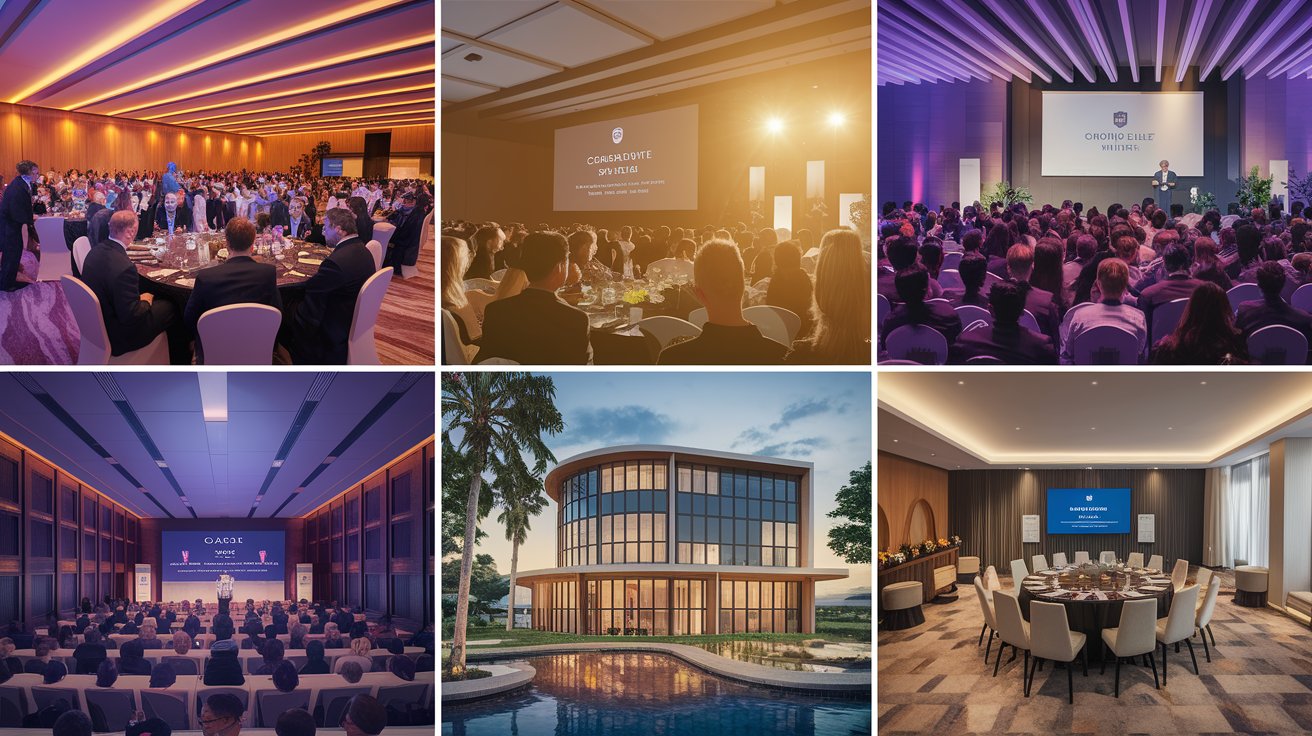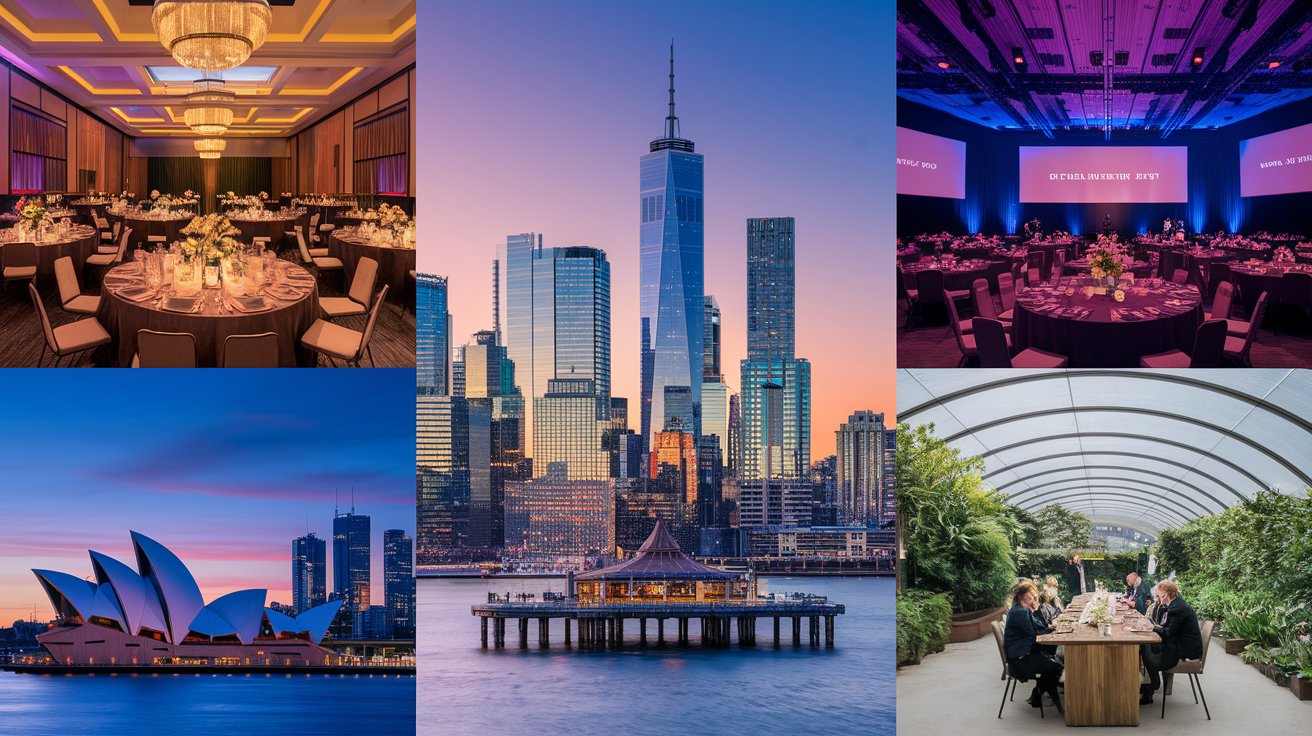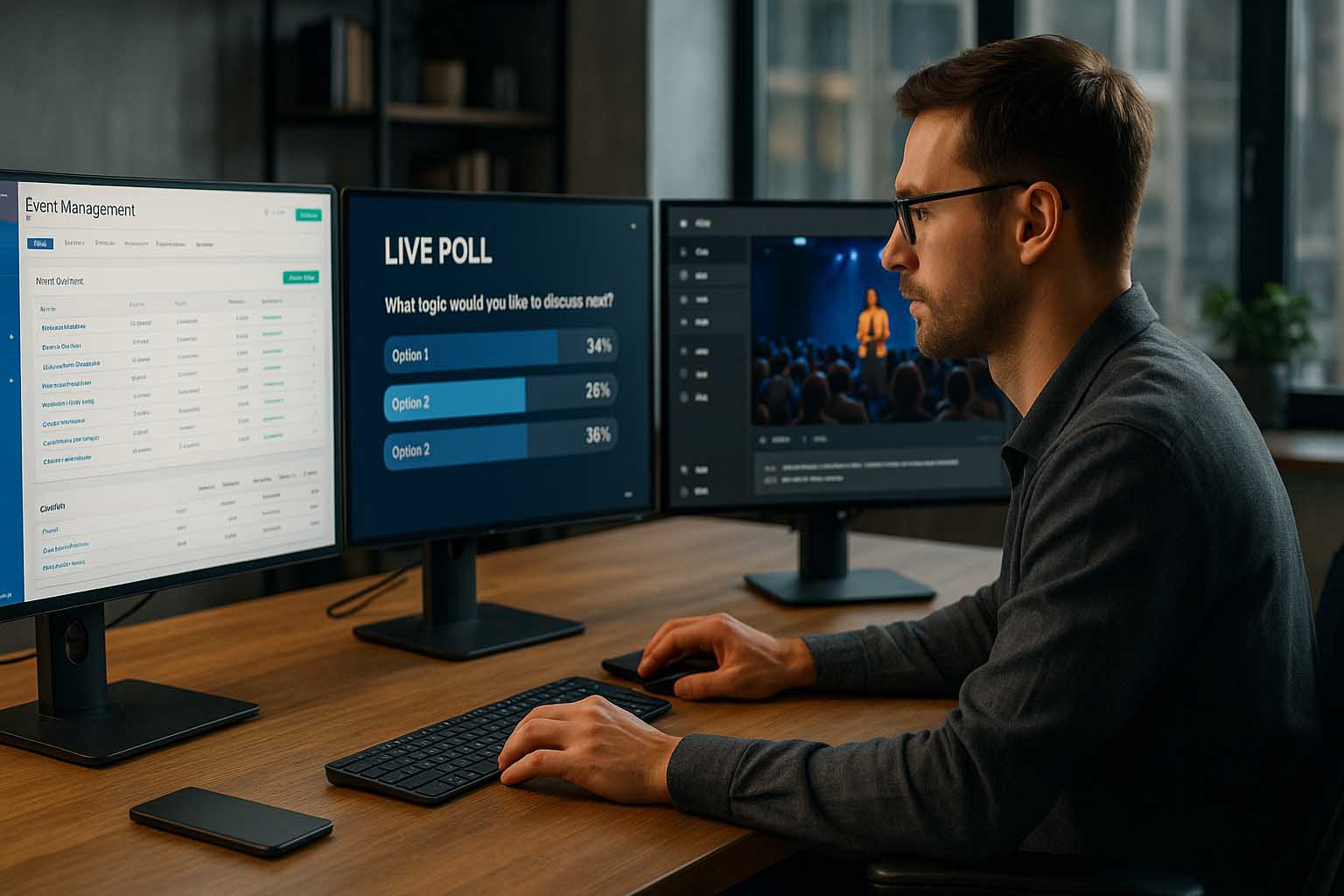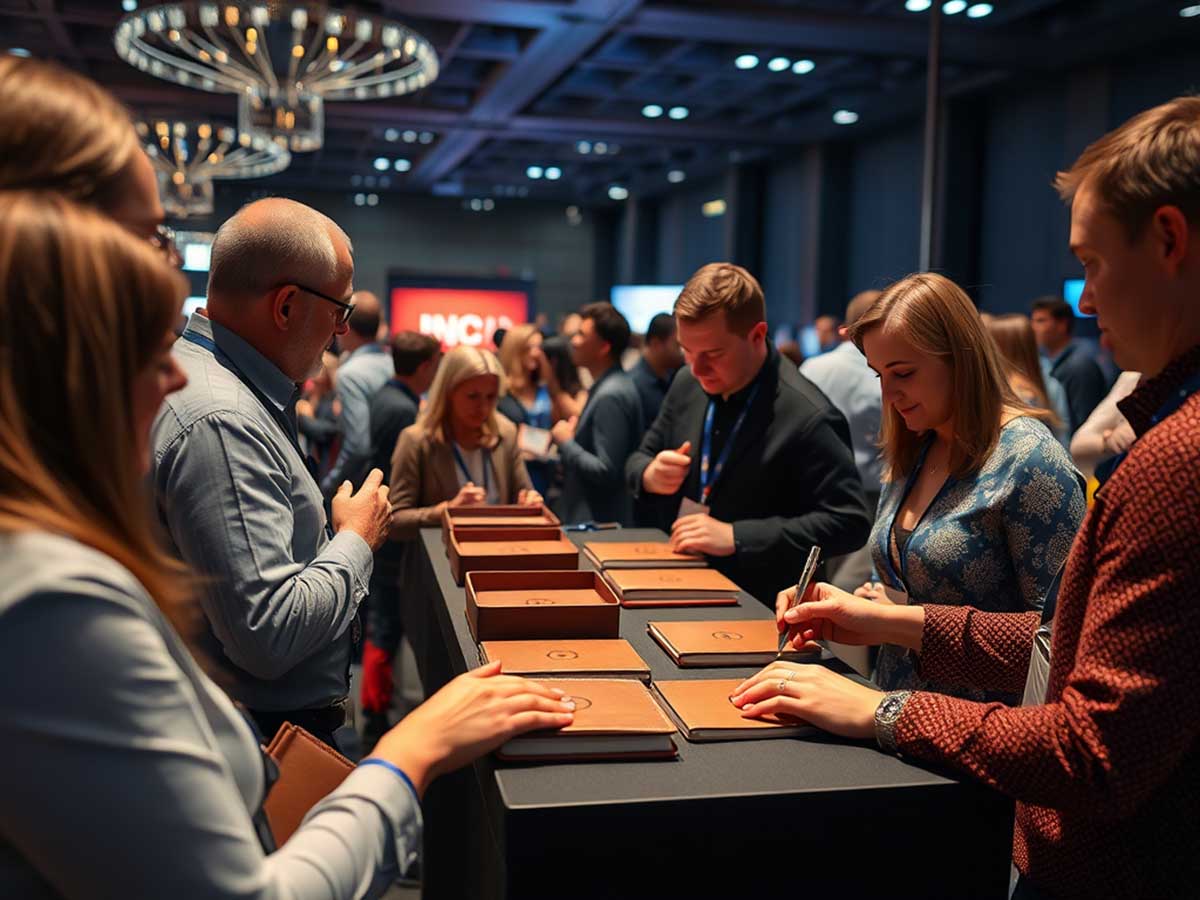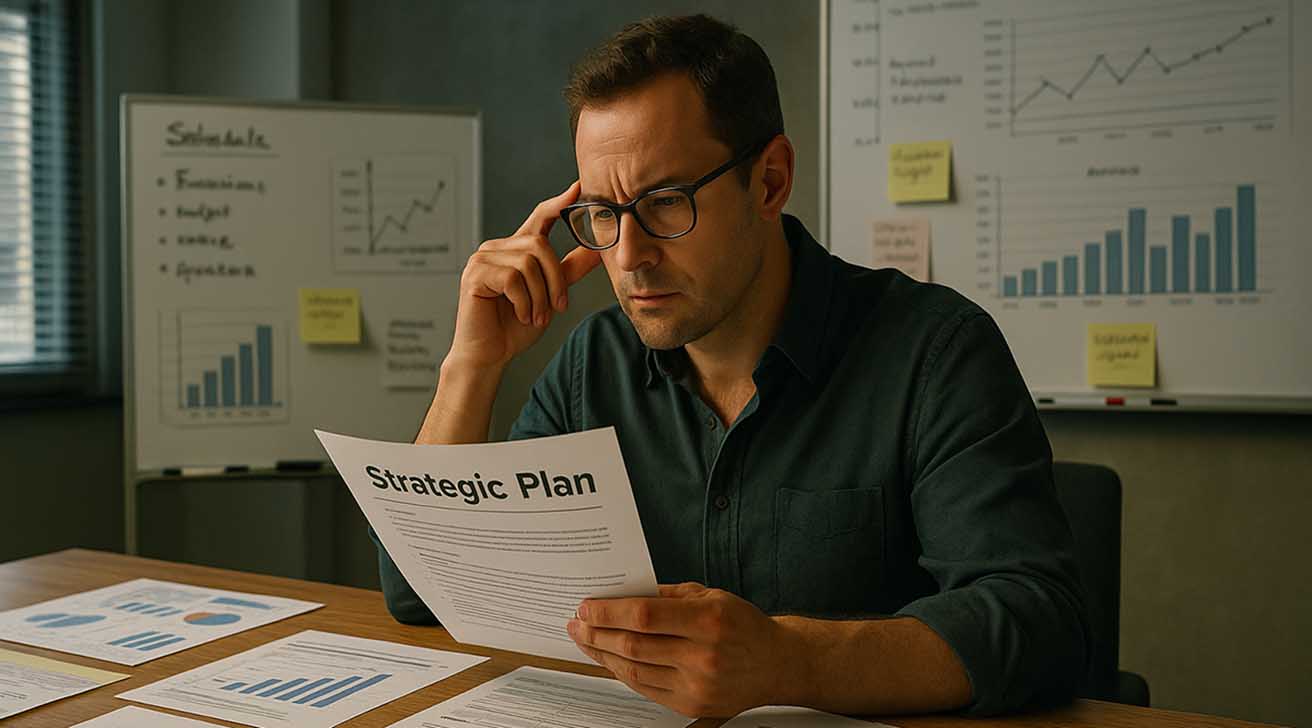The Role of Location in Shaping Conference Attendee Experience Geography and Experience: How Location Shapes a Conference
A powerful lineup of speakers and engaging topics certainly bring energy to a conference. But the true setting — the place where everything unfolds — often works quietly behind the scenes. Every floor of the venue, each local street, and even the landscape viewed from the window contribute to an experience that shapes thoughts, feelings, and connections in meaningful ways.
Events are not just defined by what happens in session halls. The city itself interacts with participants. It offers moods through its weather, tones through its culture, and rhythms through its streets. These subtle details influence how people feel, learn, and relate to each other during the event.
- Location affects attendance, energy levels, and how people interact.
- Weather, culture, and infrastructure shape every conference day.
- Safety, accessibility, and affordability impact inclusiveness.
- Memorable details from the location stay with attendees long after the event ends.
Ease of Arrival: Comfort Starts Before the Conference
A stressful trip can wear down even the most enthusiastic delegate. When flights are frequent and direct, and local transport is efficient, the entire experience becomes smoother. Cities like Frankfurt or Doha give attendees more time to rest and focus, with less effort spent navigating unfamiliar routes. Clear directions, airport shuttles, and proximity to the venue also make a real difference in daily comfort.
A well-connected venue, located near hotels or train stations, can encourage early arrival and full-day participation. People feel more confident exploring nearby cafes and social events when they know they can return easily and safely.
Climate and Outdoor Engagement
Sunny weather doesn’t just lift moods — it supports casual bonding moments. Rooftop receptions and open-air breakouts thrive in pleasant conditions. Mild temperatures invite people to walk, relax, and connect in outdoor lounges or gardens.
Rainy or cold weather, in contrast, pushes people indoors. This leads to warmer, longer discussions in cafes or lounges, often more focused and reflective. Choosing the right month matters. Holding a conference in Tokyo during spring instead of typhoon season creates smoother planning and fewer disruptions.
Culture and Local Expression
Tasting the city’s unique flavor — both literally and culturally — allows guests to feel more connected. Imagine enjoying late-night ramen in Osaka or catching a street performance in Buenos Aires. These experiences ground conversations in a real-world setting. They offer shared memories that help break the ice and deepen connections.
Venue design can reflect this spirit too. A hall with traditional artwork or architecture sets a tone that enriches both formal talks and informal exchanges. Many organizers now pair site-specific art installations or food tours with networking schedules to encourage richer connections.
Technology and Seamless Connectivity
A modern event needs stable infrastructure. Fast internet, available charging stations, and smooth streaming are expected. A temporary Wi-Fi failure can disrupt presentations and prevent remote participants from joining key sessions.
Organizers now prioritize venues with built-in broadcast support, updated AV systems, and tech-savvy staff. Locations like Seoul and Amsterdam invest heavily in this area. When tools work smoothly, discussions become more focused, and attendees spend less time troubleshooting and more time learning.
Commitment to the Environment
Cities aiming for lower emissions and cleaner air are increasingly attractive. Choosing venues powered by solar or wind energy can set an inspiring tone. Some facilities share real-time data about their consumption, giving transparency to their environmental impact.
For example, in Rotterdam, one venue openly displays its energy use, water recycling system, and green roof initiatives. This adds value to events focusing on climate and responsibility. Attendees are more likely to participate in sustainability sessions when they see those values in action around them.
Cost Factors and Accessibility
Budgets often limit who can attend. Conference organizers look closely at hotel rates, meal pricing, and even local transportation fares. A city with mid-range pricing can attract both startups and academics — adding diversity to panels and workshops.
Istanbul and Kuala Lumpur stand out for their affordability. When organizers choose locations like these, it becomes easier for regional groups, educators, and nonprofits to participate. Some governments offer conference visa waivers or quick processing options. These small policies have a major impact on attendance and overall event success.
Safety, Trust, and Assurance
Safety helps guests feel relaxed and willing to engage. Cities with high security standards and quick-response systems bring peace of mind. Real-time police alerts, well-lit streets, and multilingual signs support visitor comfort.
In Dubai, for instance, a venue developed an emergency app with direct police contact. That sense of safety allowed participants to carry valuable gear and speak freely. Medical access is also vital. Knowing help is nearby if needed allows visitors to focus on the sessions and not on what might go wrong.
Casual Meetings that Lead to Big Ideas
Small moments often lead to long-term partnerships. An afternoon chat during a river walk or spontaneous laughter over lunch can spark collaboration. Outdoor seating, scenic lounges, and well-designed breakout corners help these moments happen naturally.
In Kigali, a few researchers met during a night market stroll and eventually built a project benefiting rural farmers. In Copenhagen, post-session bike rides gave tech founders space to reflect together. These relaxed settings can have more impact than planned seminars.
Blending In-Person with Digital Access
Even with the return of in-person events, the online audience remains significant. Not everyone can travel, and time zones or health reasons may keep some away. But that shouldn’t exclude them from participating.
Cities like Tallinn and Seoul are adapting with high-speed 5G and automatic camera systems. This makes sessions accessible from anywhere and reduces the chance of digital attendees feeling left out. It’s not just about viewing slides — it’s about creating an equal space for input, questions, and feedback.
Global Locations Making a Mark
- Lisbon, Portugal: Tech-friendly, affordable, and filled with charm. The mix of history and ocean views adds calm to innovation-heavy events.
- Vancouver, Canada: Eco-conscious and scenic, perfect for creative industries and green tech events.
- Abu Dhabi, UAE: Large-scale, luxury-ready, and well-connected. Popular for aerospace and energy summits.
- Santiago, Chile: Known for science and agriculture events. Offers balance between global access and nature-driven retreats.
Community and Shared Purpose
Events that connect with the local community build deeper meaning. In Cape Town, a summit ended with a beach cleanup. Volunteers included tech leaders and marine scientists. This led to an ongoing project focused on plastic reduction.
Being close to everyday life — schools, parks, waterfronts — brings a sense of purpose. These ties between global goals and local action make conferences more than intellectual exercises. They become real acts of care.
The True Role of Place
Location is more than a setting. It helps shape memories, ideas, and motivation. From airport arrival to the final goodbye, the physical environment carries meaning. Whether it’s the scent of local flowers, the rhythm of city streets, or the view from the venue window, place has power.
Each city leaves a different mark. The right one can amplify the mission of the event. Attendees may not remember every slide or session, but they will remember how the place made them feel — connected, energized, and welcome.
